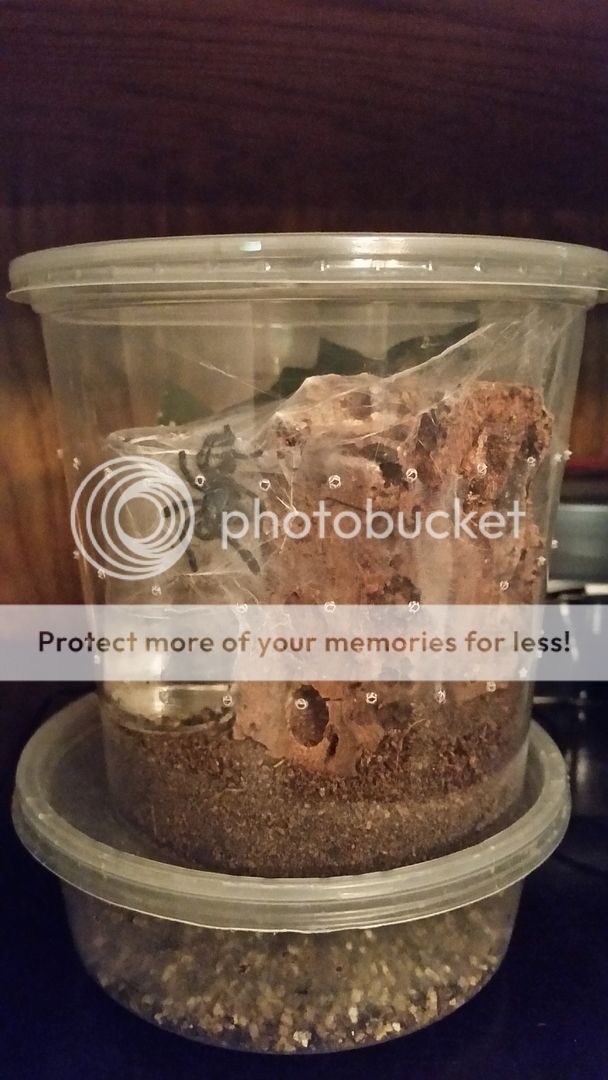- Messages
- 1,679
When they molt they flip over onto their backs normally. Arboreals will molt inside of their webs and seal themselves in prior to molting.So my tarantula has been in the same spot for a few days. It isn't roaming around to look for food like it usually does. Could it be in the process of trying to molt?
